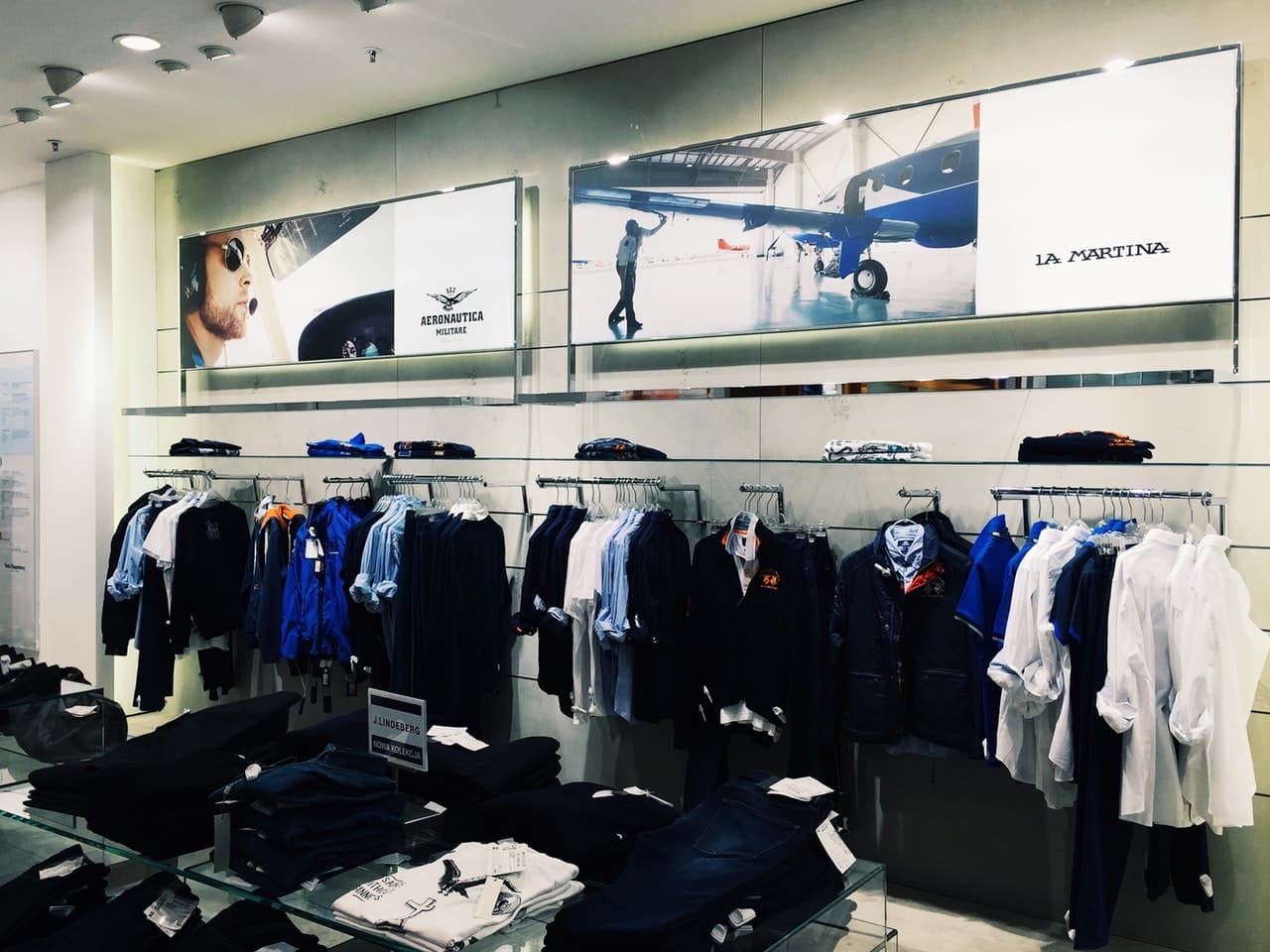The shopping experience has always been at the core of the retail industry. However, we are far from the simple “exchanging money for goods” model. As more technology solutions become accessible, retailers seek to elevate the consumer engagement level by fostering innovative tools that can help them build meaningful relationships with their customers. Arguably, this industry has never faced more challenges or, perhaps, more opportunities.
This is why many retailers are opting for IT Outsource Services, which allow them to optimize the way they handle their products, services, and data. Today’s retail technology is critical for any business in the sector, ultimately delivering better value, convenience, and, most importantly, a more pleasant shopping experience.
IMAGE: PEXELS
Making It Personal
The bar for customer personalization is higher than ever before. To make matters worse, many retailers are still unaware of the many ways one can build personalized experiences. But no one can deny the impact this strategy is bound to have on practically any customer base.
In fact, personalization is highly linked to more extensive and more expensive purchases, as well as positive brand recommendations. Done right, personalization can pack a powerful punch. It is all about thoroughly focusing on the consumer at one moment in time—that moment in which they are in contact with a brand.
Non-personalized strategies just won’t do the trick anymore. But what can you do, exactly? Unfortunately, and as with most things in life, this depends on the specific context and characteristics of the retailer. While there are no easy-to-answer questions, the best way to begin is by gathering data and doing something with it.
According to Forbes, about 1.7 megabytes of information will be created per second for every person by the year 2020. There is no reason why a retailer shouldn’t get on with this trend. That’s where machine learning comes into play.
As a fundamental branch of the Artificial Intelligence field, machine learning can basically allow retailers to analyze immense amounts of data, and use that information to improve customer experience directly. This means creating detailed shopping profiles that can be translated into calls to action directed to specific users, just the way Macy’s did with their style preference system.
In the same way, chatbots are also becoming an industry standard for personalization, and it almost seems like they get new features every day. Most retailers are still experimenting with this technology by giving it the chance to answer simple questions through social media platforms.
But the potential of chatbots can actually go far beyond that. That is the case with Sephora, the make-up retailer, which uses its chatbot not only to help customers find relevant products but also to teach how to use them through tutorials based on style. They even let users try different looks by using camera filters.
As Smooth As Possible
Everyone has been a victim of bad shopping experience. Maybe something you ordered online wasn’t actually in stock, or a checkout waiting line just forced you to leave the store without buying anything. Whatever the case, they all have one thing in common: it was just not convenient.
That’s the reason why the primary goal of retail technology is to make the shopping experience as seamless as possible. Consumers expect minimal obstructions and the chance to make decisions that require little to no effort. Building a digital footprint through e-commerce is just the beginning.
Retail technology is here to let businesses offer unique value to customers by developing an omnichannel experience that links both online and in-store experiences. Customers can be at the store, take out their phones and check the same product online, and even ask for help through a chatbot.
Similarly, the “buy online, pick-up in-store” (BOPIS) practice continues to become increasingly popular. The truth is that customers expect to have a choice based on their convenience. After all, why shouldn’t they?
Of course, most retail stores can take a chance and implement some of the cool tech-based strategies we are seeing around the world, like check-out free stores, smart mirrors, drone delivery, or even augmented reality experiences. However, a truly seamless experience can only be achieved by knowing what customers actually want. Building up from there is almost guaranteed to bring the best results for any retail business.
Summing Up
In today’s retail market, technology investments are crucial to remaining competitive. Nonetheless, only a third of global retailers are confident that their teams can deliver the necessary technological innovation.
Software outsourcing companies come up as a solution to this problem, as they can help reduce labor costs, provide access to top IT talent, and—most importantly—let retailers focus on their core business.
Whatever strategy you decide to invest in, keep in mind that personalizing for each and every customer can get very costly very fast. The real challenge of using retail technology lies in aiming it towards critical contact points that drive the best value for both the customer and the retailer. Having this as a priority will inevitably drive the retail industry towards innovation.
If you are interested in even more technology-related articles and information from us here at Bit Rebels, then we have a lot to choose from.


COMMENTS